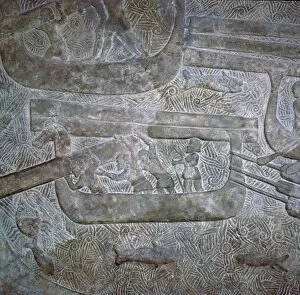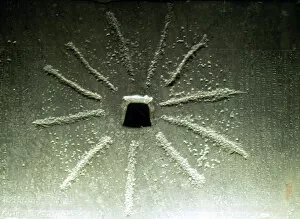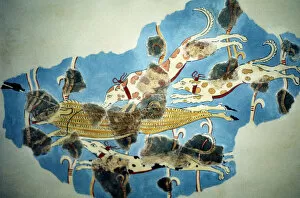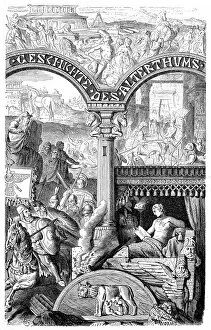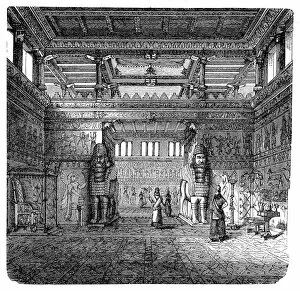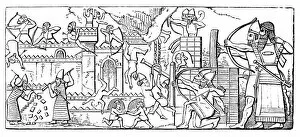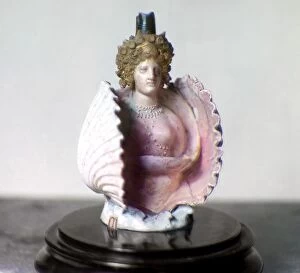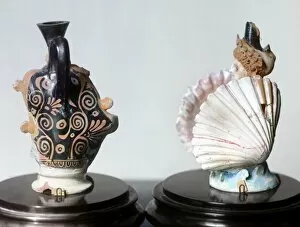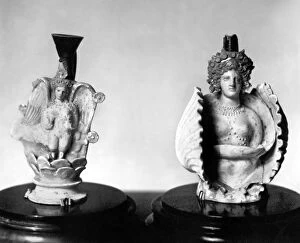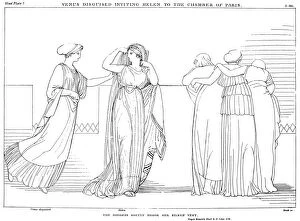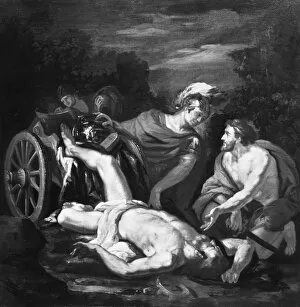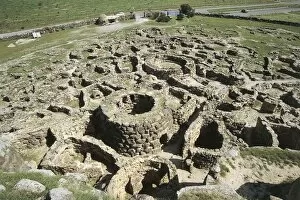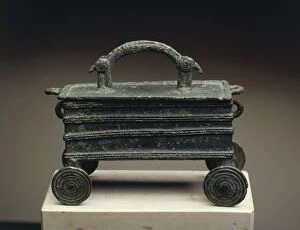8th Century Bc Collection (#6)
In the 8th century BC, civilizations across the globe were flourishing and leaving behind remarkable artifacts that still captivate us today
For sale as Licensed Images
Choose your image, Select your licence and Download the media
In the 8th century BC, civilizations across the globe were flourishing and leaving behind remarkable artifacts that still captivate us today. In Peru, the Chavin Stele showcases a chieftain adorned in regal attire, offering a glimpse into their rich culture. Meanwhile, Homer's epic tale, The Odyssey, takes us on an adventure with Odysseus as he faces shipwrecks and mythical creatures. Moving to ancient Rome, an ornamental piece featuring Romulus and Remus alongside the Capitoline Wolf reminds us of the city's legendary foundation. Across continents in Assyria, a reconstructed residential complex reveals their advanced architectural techniques while a relief depicts citizens fleeing from Ashurbanipal's besieged city. The grandeur of Assyrian kings is showcased through intricate reliefs like one depicting King Ashurbanipal on his chariot at Nineveh. From Egypt comes Ditamenpaankh's Shawabty Box; its painted wood tells tales of life beyond our time. Maps help us understand these ancient worlds better; an 1890 map shows Assyria and Chaldea along with neighboring lands. Greek athleticism shines through a depiction of an athlete throwing the discus - showcasing physical prowess even centuries ago. Delving deeper into history brings us to China during the Western Zhou period. A Lebes bowl with lid displays exquisite craftsmanship while a trapezoidal plaque offers insights into this era's artistry. Lastly, we encounter a water container from the Western Zhou dynasty - reminding us that even everyday objects hold stories waiting to be discovered.



